Agave Potatorum Tradewinds Plant
₹899.00
Out of stock
Email when stock available
Agave Potatorum Tradewinds plants are best known as succulent plants with large leaves that end in spiny tips. At first glance, you probably wouldn’t call agave plants rosettes, although they are. So many of the common ones are spiny succulents, with leaves that jut out in often dangerous spikes. There is a lot of variety in the agave genus. There are the large, stiff specimens that can grow to 20 feet in diameter. There are also small dish-sized agaves, and agave plants with soft leaves and no spines, although most do have leaves that end in a sharp point.
- Leaves: Agaves are all stemless, or nearly so, with strappy, succulent leaves that end in sharp points. Foliage tends toward a blue-green in hardier varieties and a gray-green in warm climate varieties. There are also some that are variegated with gold or white markings.
- Flowers: When the plant matures, a tall, flower-stalk grows out of the plant’s center. The flowers are bell-shaped and long-lasting, in shades of white, yellow and green. For most agave species, once the flowers produce the berry seed pods, the plant dies.
Light Exposure
Agave plants need a spot in full sun to partial shade. The hotter the climate is, the more shade they can handle.
Mature Size Of Agave Plants
There is a lot of variety in the size of agave plants. They can mature from a few inches tall to 20+ feet in diameter.
Agave Bloom Period
Agaves are grown for their dramatic foliage, not their flowers. That’s a good thing because they bloom only once when they are fully mature. That can be anywhere from 5 to 40 years. Agave plants tend to bloom earlier in cultivation than they would in the wild. Most plants die after flowering. However, there are usually small offset plants at the base that can be replanted.
Garden Design Tips for Agave Plants
One large agave is all that is needed to make a sculptural focal point. Just make sure there is plenty of room to walk around it, so no one gets stabbed.
They can also make a nice border grouping, either by planting several of the same species or a tapestry of different varieties. They are textural and sculptural and make a vivid contrast with other plants. Pairing them with ornamental grasses softens their hard edges.
In warm climates, agaves are popular around pools and patios. Their leaves don’t brown and drop frequently, and they stay attractive all year. A spineless variety, like the Foxtail Agave (Agave attenuata), is a safe bet around heavily used areas.
Smaller agave plants are excellent for containers, indoor or out.
Be the first to review “Agave Potatorum Tradewinds Plant” Cancel reply
You must be logged in to post a review.


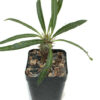
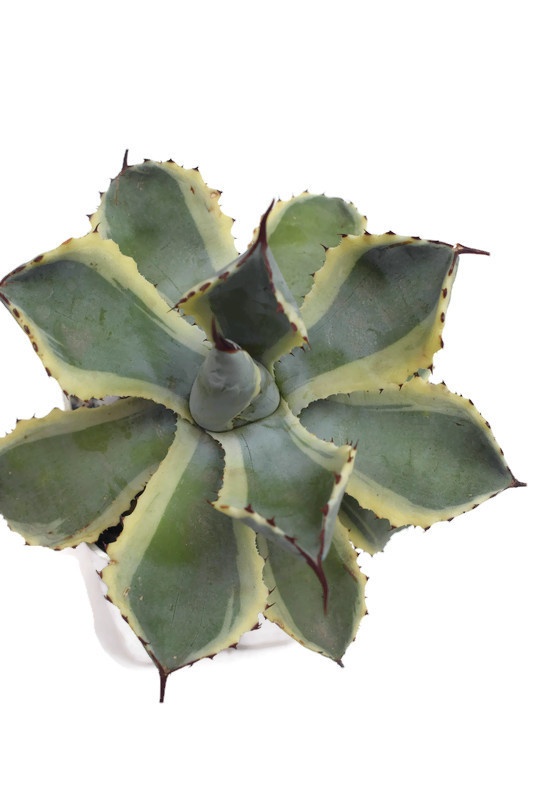

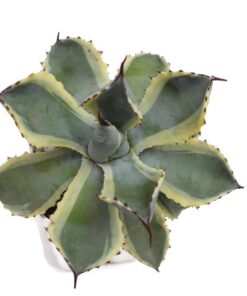

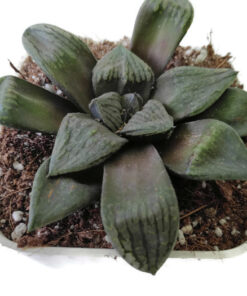
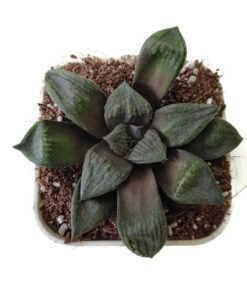
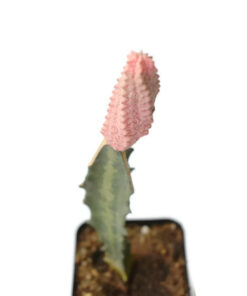

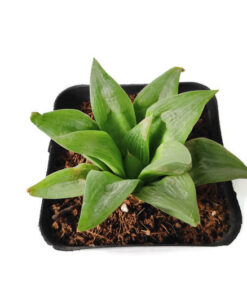

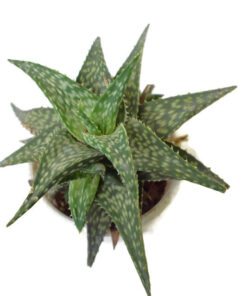

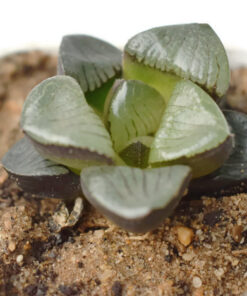

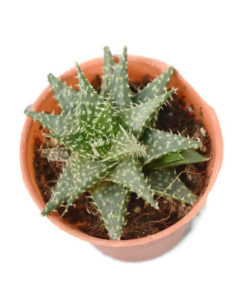

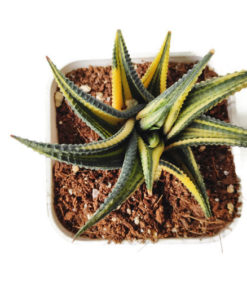

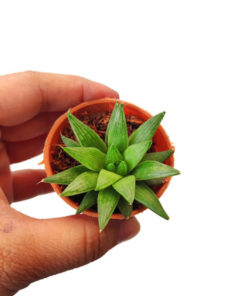

Reviews
There are no reviews yet.